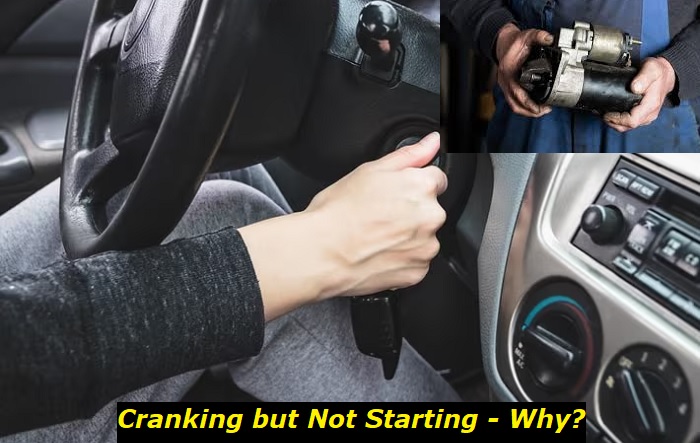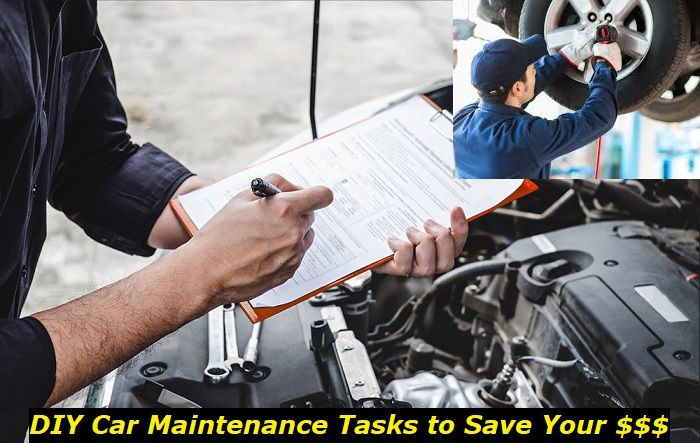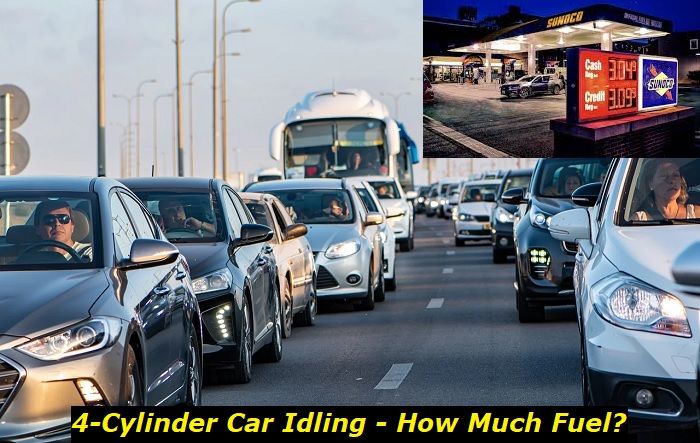It is not uncommon for an engine to crank and not start. Some causes are:
Common causes:
- Faulty fuel pump
- Faulty ignition module
- Faulty crankshaft sensor
- Faulty camshaft sensor
Less common causes:
- Faulty engine control module
- Failed timing belt or chain
Rare causes
- Low engine compression
- Contaminated\bad fuel
In this article, I will explain, step by step, the procedures to determine the cause of the problem by using strategy-based diagnostics.

Strategy Based Diagnostics
What is strategy-based diagnostics? It is simply using one system to verify the function of one or more other systems. I will use a hypothetical scenario to illustrate how it works.
A 2000 Ford Focus with a 2.0L 4cyl engine fails to start but the starter engages and engine sounds normal when cranking. By opening the air cleaner housing and supplying alternate fuel in the form of non-chlorinated brake parts cleaner from an aerosol can.( NOTE: Starting fluid could be used also but I prefer brake cleaner or carburetor cleaner because they are much less explosive, therefore, safer.) The engine starts and will continue to run as long as the alternate fuel is supplied. Now, not only do we know that the fuel system is causing the no start, we have used the fuel system to verify that the ignition system is functional and the engine compression is sufficient to run. So in effect, we have performed an ignition spark test and a mechanical compression check just by squirting brake cleaner in the air filter. In a nutshell, That is strategy based diagnostics.
Now we know it is a lack of fuel , but why? There are two subsystems that make up the fuel delivery system; supply and control. Supply consists of the fuel, the fuel tank, the fuel pump and all hoses. Fuel control determines how much fuel actually enters the engine. In this scenario,The engine is port fuel injected. This means that there is an individual injector for each cylinder. The injectors are controlled electronically by the engine control module(ECM). The ECM works in conjunction with the fuel rail pressure sensor to mathematically determine how much fuel is entering the engine by controlling the "on-time" of each injector. Theoretically, if the fuel pressure is below specifications, there should be a diagnostic trouble code in the ECM memory.
Strategy Meets Reality: The Technical Tap!
What is a technical tap test? Please take note of the word "tap" not "hit" or "beat". If you "tap" on something and it starts or stops working it needs to be replaced.
You will need another person to assist you for this step. Locate the bottom of the fuel tank and have your assistant turn the key to the on position while you listen carefully near the bottom of the fuel tank. There should be a hum as the fuel pump inside the tank runs for 2 seconds as soon as the key is turned on. If you hear the pump then you have verified there is power to the fuel pump. If you do not, have your assistant attempt to start the engine as you "tap" the bottom of the fuel tank with a mallet. If the engine starts, chances are, it needs a fuel pump.
What if the fuel pump is running and the engine still doesn't start? What next?
Anti-Theft/Immobilizer System
With the key on the engine off the anti-theft light on the dash should illuminate for approximately 8 seconds then go out. If it stays on then the ECM is disabling the injectors and you will have to seek the help of a professional. Mainly because of the tools required to diagnose this system.
Injection Signal
The use of a logic probe, a noid light or a digital volt ohm meter capable of measuring frequency is required to check signal to the injectors. If you have access to any of these checking the injection signal would be the next step. Otherwise, you may need to seek the help of a professional.
Ignition system/no spark
If alternate fuel is supplied and the engine still fails to start suspect a no spark condition
Common causes
- Crankshaft sensor
- Ignition control module
The vehicle in question has a coil pack that all 4 of the spark plug wires go to. Remove one wire at the spark plug end and plug a spark plug into the end of it. Lay the spark plug on top of the engine and have an assistant attempt to start the engine. Watch for spark to jump the gap of the spark plug. (USE EXTREME CAUTION ... The ignition system is capable of producing 40k volts so do not touch anything on the car when cranking the engine.) If a spark is seen then the problem is elsewhere. If no spark is seen, chances are it needs a crankshaft position sensor.
Other Causes
- Restricted exhaust
- Plugged fuel filter
These two things would have been preceded by a poor driveability condition that would have steadily gotten worse until the engine would no longer start. If no exhaust can get out then no fuel can get in. By the same token, if no fuel goes in there is no exhaust to go out.
About the authors
The CarAraC research team is composed of seasoned auto mechanics and automotive industry professionals, including individuals with advanced degrees and certifications in their field. Our team members boast prestigious credentials, reflecting their extensive knowledge and skills. These qualifications include: IMI: Institute of the Motor Industry, ASE-Certified Master Automobile Technicians; Coventry University, Graduate of MA in Automotive Journalism; Politecnico di Torino, Italy, MS Automotive Engineering; Ss. Cyril and Methodius University in Skopje, Mechanical University in Skopje; TOC Automotive College; DHA Suffa University, Department of Mechanical Engineering






Add comment